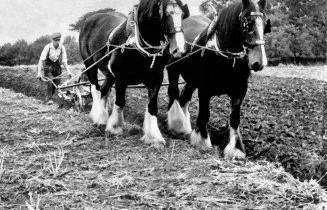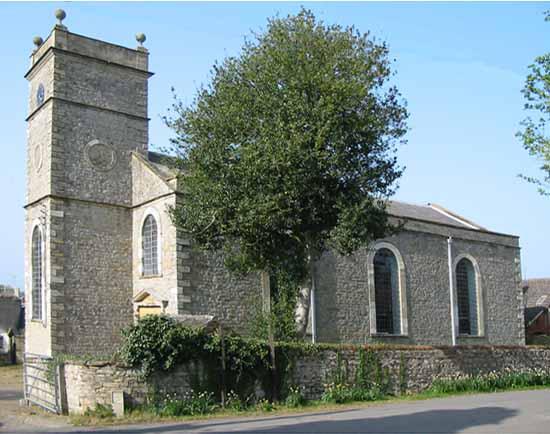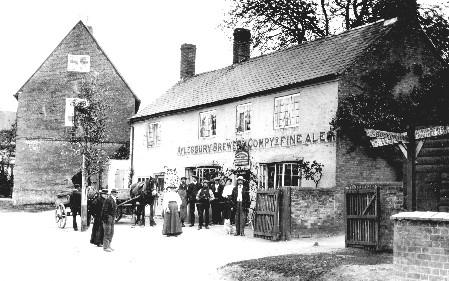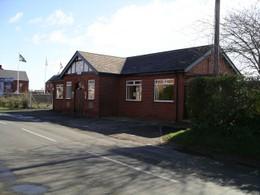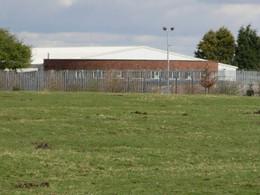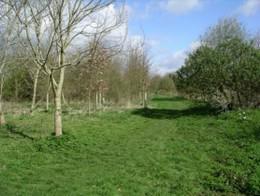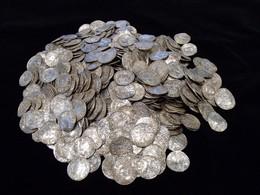Gawcott is a compact village standing on elevated ground south of the Great Ouse and west of Claydon Brook.
The oldest parts of the Village, which have remained largely unchanged over the years, extend principally along Main Street, Church Street and Back Street. Newer developments run off from Main Street and along the roads from Preston Bissett, Radclive, Hillesden and Buckingham.
The centre of the Village consists of mainly two-storey terraced houses and cottages fronting directly onto footpaths which run the length of Main Street. These buildings, the majority of which are eighteenth and nineteenth century in origin, are constructed mostly of brick, with some of roughcast and colour-washed. The few older sixteenth and seventeenth century properties are of rubble stone, some with newer brick facings. Despite its small size, the almost continuous line of brick and stone buildings along Main Street gives it an urban character, distinguishing it from the rural feel of surrounding villages. There is a fine collection of listed buildings close to the junction of Main Street and Radclive Road, particularly Red Lion House, Westcott House and Old Eagles Farmhouse. The centre of the Village and its buildings are protected by Conservation Area status established in 1990.
The estate known as Prebend End Manor, alias Buckingham with Gawcott Manor, formed part of the endowment of Buckingham Church at the time of the Domesday survey. It remained largely unchanged until the Enclosure Acts when blocks of land were allocated to The Marquis of Buckingham and several farmers, including William Eagles. Old Eagles farmhouse remains today in Main Street. The hamlet of Lenborough was separately assessed at the time of the Domesday survey.


